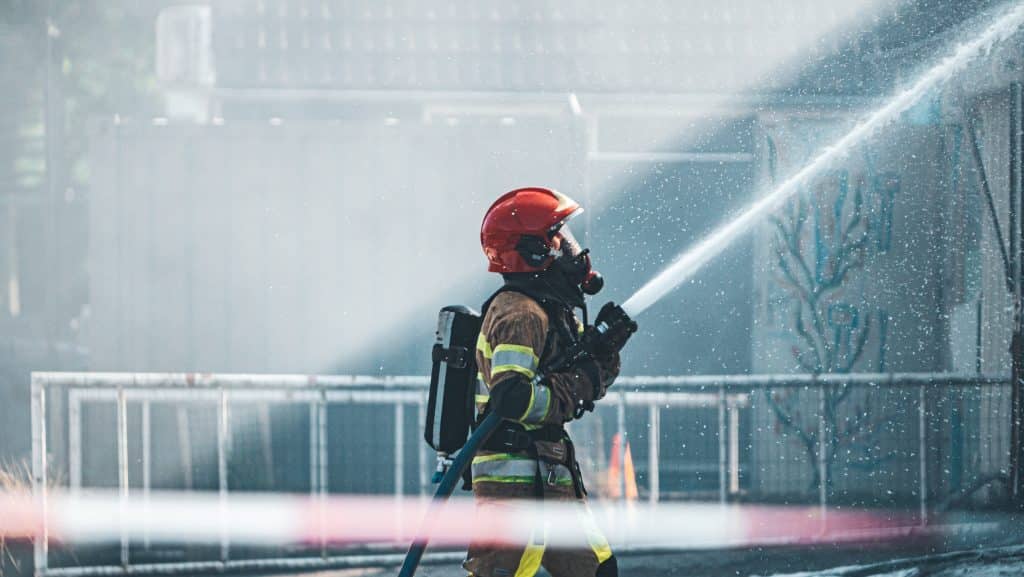In the realm of fire safety, knowledge is the first line of defence. For businesses and organisations operating within the UK, understanding and implementing proper fire safety measures is not just a good practice, it’s a legal obligation. The Regulatory Reform (Fire Safety) Order 2005 dictates that every business must have a designated ‘responsible person’ to oversee fire safety. This individual must be familiar with essential fire safety terms to make informed decisions and to maintain a safe environment for all.
If you’re the designated responsible person or are looking to enhance your understanding of fire safety, here are some key terms you should familiarise yourself with:
- Responsible Person: This is an individual (or individuals) who is tasked with ensuring that all fire safety measures are in place within a business. Typically, this might be the employer, owner of the premises, or even the landlord.
- Fire Risk Assessment: A systematic review to identify potential fire hazards, the people at risk, and to evaluate current safety measures. After the assessment, necessary improvements are determined. A fire risk assessment should be reviewed regularly and always after significant changes to the premises.
- Fire Safety Equipment: Tools and devices installed to combat or prevent fires. This includes fire alarms, sprinklers, fire extinguishers, fire blankets, and more.
- Escape Routes: Pre-determined paths that people should follow to exit a building safely in case of a fire. These paths should be kept clear at all times and be appropriately marked with signs.
- Means of Warning: Systems put in place to alert occupants of a potential fire, such as smoke alarms, fire alarm systems, and manual call points.
- Means of Escape: These are facilities and features that support safe evacuation, like emergency doors, emergency lighting, escape windows, and more.
- Fire Resistance: Refers to the ability of a material or assembly to withstand fire or give protection from it for a specified time. Items like fire doors have a fire-resistance rating, ensuring they remain intact for a specific duration during a blaze.
- Compartmentation: This is a fire protection strategy where a building is divided into sections using fire-resistant barriers. This helps in limiting the spread of fire and smoke to give occupants more time to evacuate.
- Passive Fire Protection: Refers to built-in measures within buildings designed to prevent the spread of fire and smoke. Examples include firewalls, fire doors, and intumescent seals.
- Active Fire Protection: Systems that require some form of action or power to work. This includes fire alarms, sprinkler systems, and smoke control systems.
- Fire Safety Training: Regular training sessions that equip employees with knowledge and skills to respond correctly during a fire emergency. This includes understanding evacuation procedures, using fire safety equipment, and more.
Understanding these essential fire safety terms is paramount for those entrusted with the safety of premises and its occupants. For responsible individuals, grasping these concepts and terms isn’t just a bureaucratic requirement—it can be the difference between safety and catastrophe. As the adage goes, “Knowledge is power.” In the sphere of fire safety, it’s the power to save lives.
For further assistance, consider reaching out to specialists in the field. Here at Martyn Young Fireproofing Consultancy, we pride ourselves on providing top-notch fire safety advice, tailored for your specific needs. Don’t leave safety to chance; arm yourself with knowledge and expertise. Contact us today on 07585 896648


